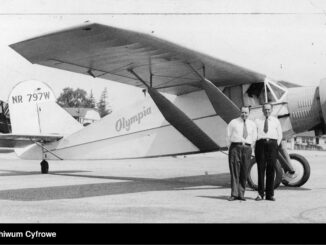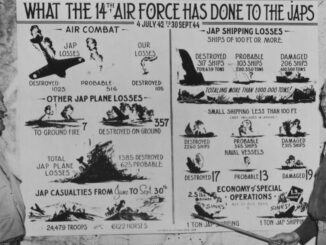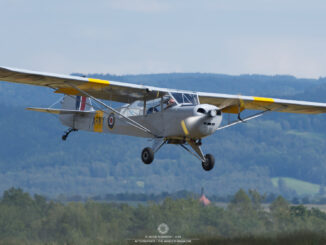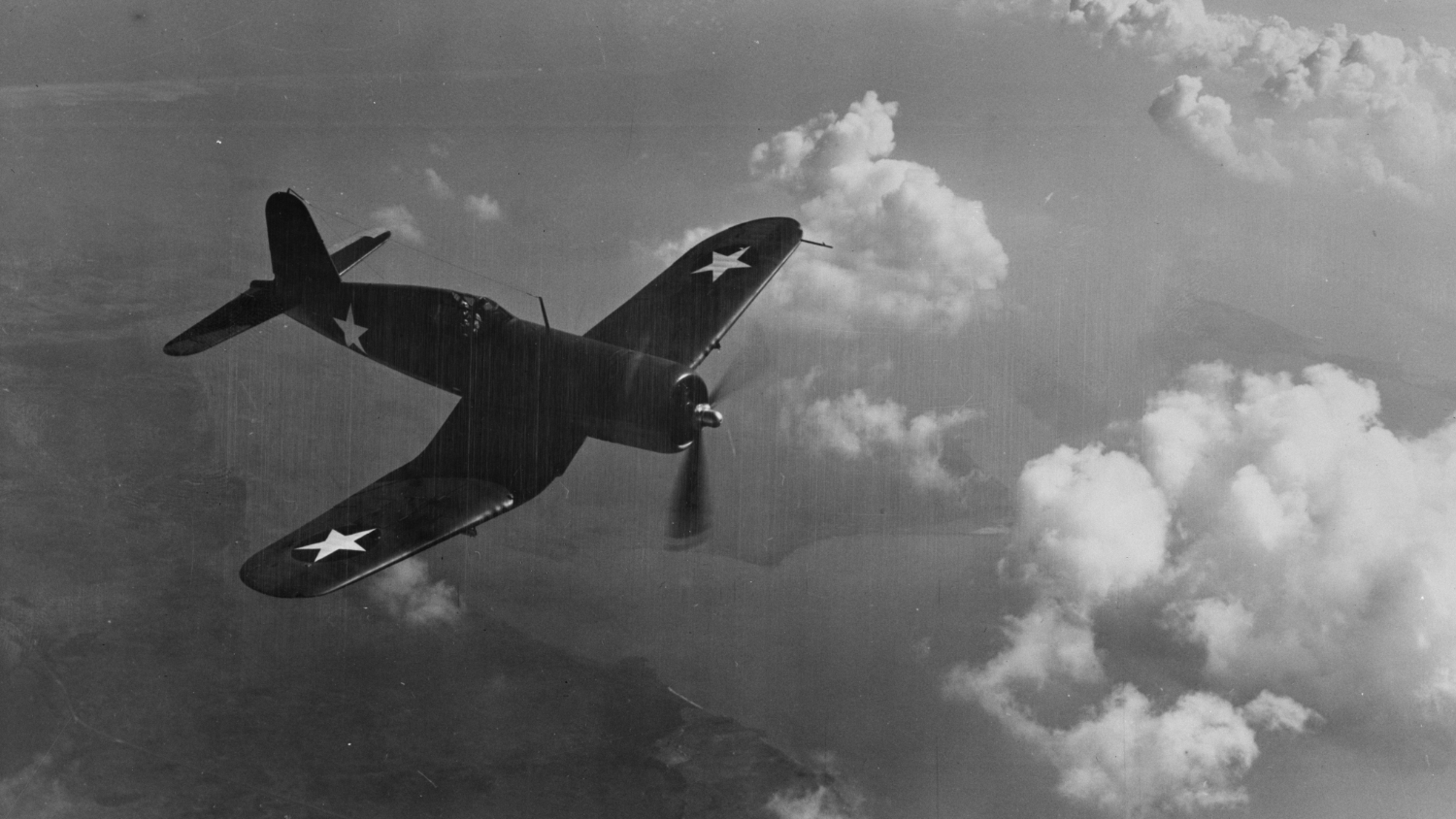 On 14th February 1943, the American forces carried out an air raid on Bougainville Island, Papua New Guinea, which – due to heavy loses – was later commonly known as the ´St. Valentine´s Day Massacre´.
On 14th February 1943, the American forces carried out an air raid on Bougainville Island, Papua New Guinea, which – due to heavy loses – was later commonly known as the ´St. Valentine´s Day Massacre´.
The raid was performed by nine PB4Y-1 Liberators of the US Marine Corps Bombing Squadron 101 (VB-101), escorted by ten P-38G Lightings from the 339th Fighter Squadron US Army Air Force and twelve F4U Corsairs from the Marine Fighting Squadron 124 (VMF-124).
At that time, Bougainville, the largest island of the Solomon Islands archipelago, was an important location for the Japanese combat aviation. A military airfield was built on the southern coast and was used not only as a home base for several fighter squadrons, but also became a maintenance hub for carrier-based aircraft.
It remains unclear what was the primary target of the American air raid. Some sources indicate the Kahili/Buin airfield, while others suggest the Liberators aimed for Japanese ships in Buin Bay.
Approximately ten minutes before reaching the target, the incoming American formation was intercepted by forty-two Japanese A6M Zero fighters of the Imperial Japanese Navy. Nevertheless, the Liberators did not abort their mission and continued with the air raid on the island.
Shortly, an air battle commenced and lasted until the American formation withdrew from the Bougainville area.
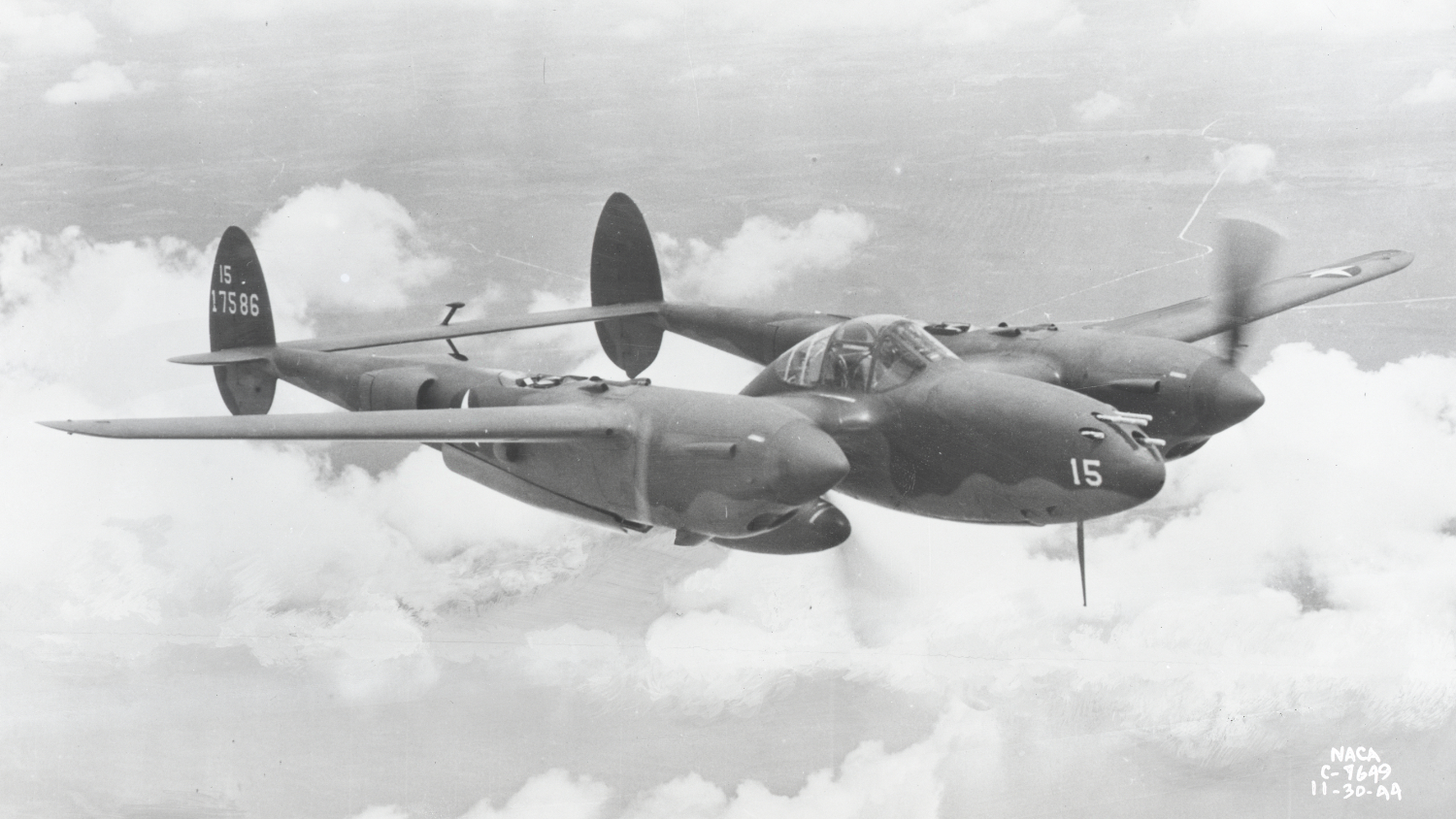
Both sides significantly overclaimed their air victories on that day. The American fighters claimed no less than fourteen Zeros and one floatplane shot down. The Japanese declared they destroyed five bombers and seventeen fighters.
In fact, the Imperial Navy lost only one Zero and its pilot, as well as had two more airmen wounded. However, the American loses were significant – two PB4Y-1 bombers, four P-38s and two F4Us. Shortly after, the air battle over Bougainville began to be commonly known as the ´Saint Valentine´s Day Massacre´.
Moreover, the only confirmed result of the raid were hits on Hatachi Maru and Hitachi Maru cargo vessels, that later were beached off the island. Some other ships in the bay suffered only slight damage.
Due to heavy loses suffered during air missions on 13th and 14th February, daylight operations against Solomon Islands were suspended until ensuring an adequate fighter escort. They were resumed only in July of 1943.
Interesting fact is that the ´St. Valentine´s Day Massacre´ was also the first recorded combat of the US Marine F4U Corsair fighters. Regrettably, resulting in loss of two pilots and their aircraft.
Cover photo: F4U-1 Corsair, illustrative photo (Library of Congress, LC-USE6- D-008877, cropped)

